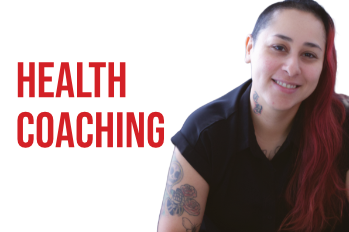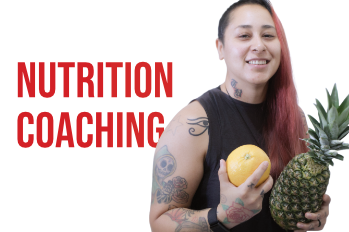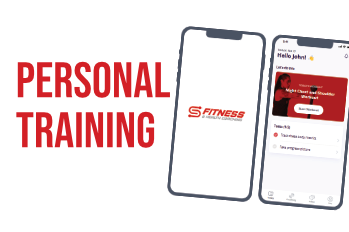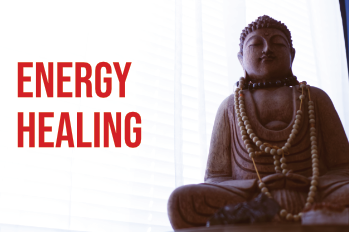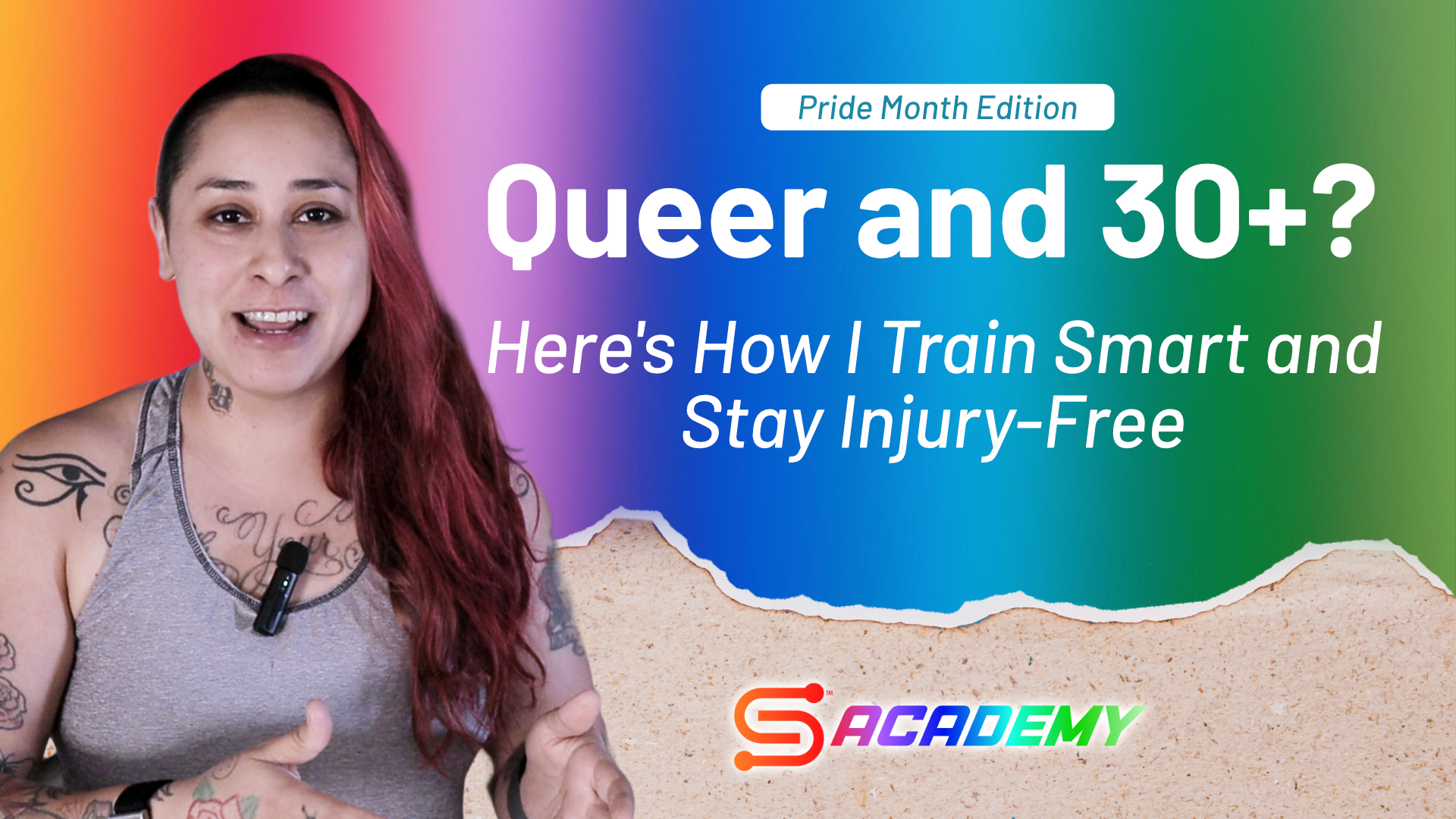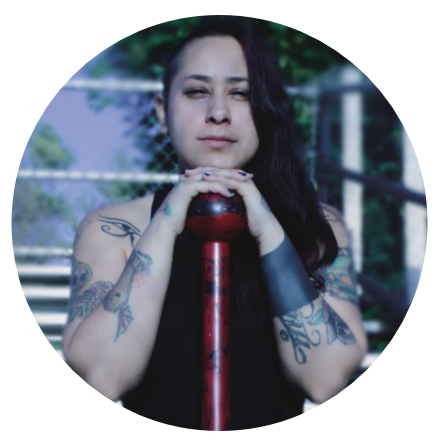Feeling burned out, achy, or just over the toxic gym vibes? Yeah, I’ve been there too. If you’re queer and over 30, chances are you’ve felt a little out of place in mainstream fitness culture. The hustle-hard, no-days-off messaging? That doesn’t work for everyone, especially when you’re navigating stress, dysphoria, autoimmune issues, or just trying to feel good in your body again.
In this post, I’m sharing what’s actually worked for me and how I stay strong, injury-free, plus grounded without punishing workouts or pretending to be someone I’m not (FYI I am big about being authentic and true to yourself). If this sounds good! Then keep reading.
Why Mainstream Fitness Doesn’t Work for Us
Most fitness spaces weren’t designed with queer bodies, experiences, or energy levels in mind. And once you’re in your 30s (or beyond), your body starts demanding a different kind of attention… not punishment, not aesthetic obsession but sustainable care. This is something I learned more about as I continued with my own health and career in fitness and health coaching.
If you’re feeling:
- Sore all the time
- Emotionally disconnected from your workouts
- Burned out or low-energy
- Triggered by body image stuff in the gym
…I promise there is nothing wrong with you. You just need a more supportive, flexible approach.
What Helped Me Shift: The 3 Core Shifts
Here’s what helped me fall back in love with movement again:
1. Intentional Strength Training with Steel Mace + Functional Movement
I swapped ego-lifting and random routines for intentional, skill-based strength work. Steel mace training changed the game because it’s dynamic, fun, and helps me feel powerful without overloading my joints and muscles (this is great for those with conditions like autoimmune).
Functional movement also taught me to move better, not just harder. I focus on mobility, stability, and building strength in ways that actually support my lifestyle.
2. Prioritizing Recovery Like It’s a Workout
Rest isn’t lazy or unproductive. It’s absolutely necessary. I used to push through soreness, overtrain, and ignore my body’s signals. Now, recovery days are built into my plan: things like walking, mobility with tools like foam roller and massage balls, red light therapy, sleep, and nervous system support.
3. Listening to My Body and Training with Flexibility
Your energy isn’t going to be the same every day, especially if you’re dealing with chronic stress or healing from trauma. I ditched the “all or nothing” mindset and now train based on how I feel physically and emotionally.
Some days that’s a full strength session, other days it’s breathwork, mobility, and stretching. That flexibility in my mind keeps me consistent! And I highly recommend you take the time to train your own mind on how to be flexible as well.
Why This Approach Matters for LGBTQ+ Folks Over 30
So many of us carry invisible stress loads from microaggressions, discrimination, or just trying to exist in a system that doesn’t fully see or accept us as Queer. That stress impacts our bodies, recovery, and resilience.
By training smarter (not harder), we:
- Reduce injury risk
- Support our mental health
- Create space for healing and empowerment
- Actually enjoy our workouts
Watch Full Video
Your Body Deserves to Feel Powerful and Supported
You don’t need to destroy yourself in the gym to be fit. You don’t need to shrink to be worthy. You need movement that feels affirming, adaptable, and empowering.
This Pride Month, if you’re ready to train in a way that honors who you are and how you feel you’re not alone. I’m right there with you. And if you are looking for a down to earth and empathic queer fitness trainer and health coach, please don’t hesitate to book a FREE breakthrough session.






